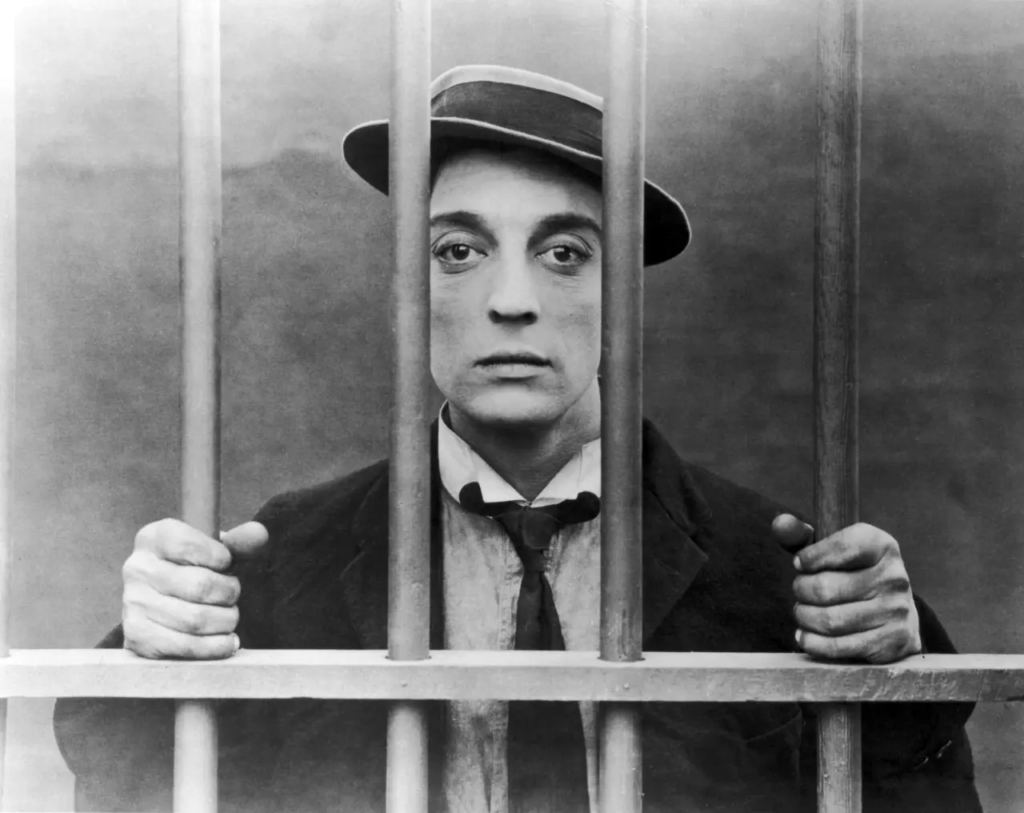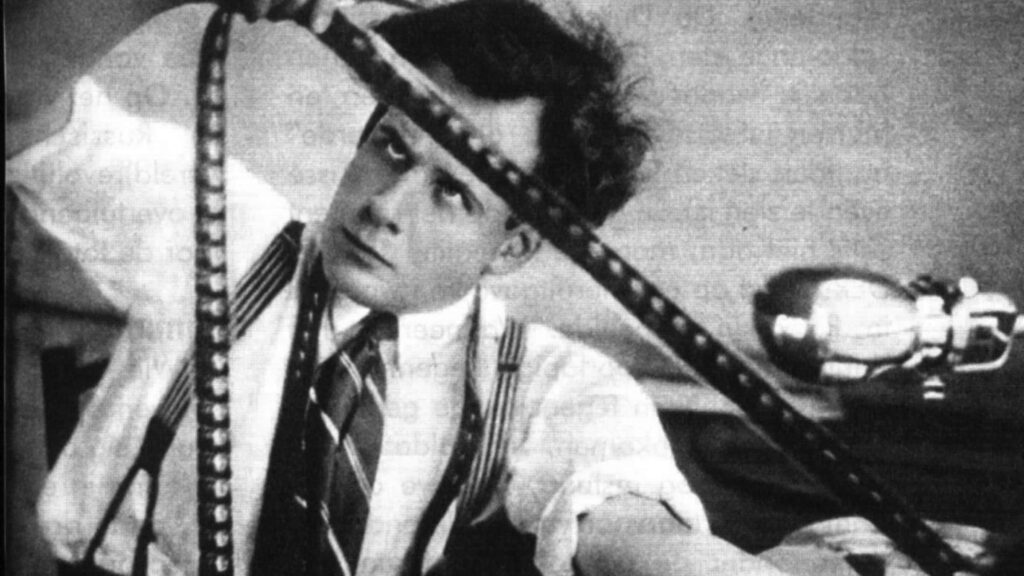We’re all quite familiar with this movement of Streaming and OTT, as we find ourselves right in the midst of it. But what’s truly fascinating is how it has transformed our perspective on movies and shaped the global film industry.
For those who are new to this concept, let me break it down in simpler terms. Modern movies distribute through streaming and online distribution platforms. Before, we used to watch films on cable TV, in theaters, and on DVDs. However, platforms like Netflix, Amazon Prime Video, and Hulu have shaken up this traditional approach. They allow us to watch movies and TV shows right from the comfort of our homes, whether it’s on a smart TV or a personal device like a phone or tablet.
Global Exposure
Now, let’s dig into how these platforms have influenced the world of cinema. Thanks to their worldwide accessibility, they attract a large number of viewers. This leads to more content being produced, which, in turn, creates more opportunities for filmmakers, actors, writers, and everyone else involved in the process of filmmaking.
Additionally, just like any other business, they borrow money from the market to grow. This enables them to distribute more funds to finance film projects and increase the content on their platforms. This has further fueled independent filmmaking around the world, bringing diverse stories to our doorsteps. Local tales now have the chance to reach a global audience, and this exposure to global cinema has encouraged filmmakers to go beyond their cultural and societal influences and make films with universal emotions.
However, it’s not all sunshine and rainbows. The same reasons contribute to the decline of creativity as due to the pursuit of universal appeal, filmmakers often prioritize stories with broad emotions over important local narratives. This can result in fewer chances for diverse stories to shine, leading to a cycle of similar movies being produced repeatedly.
Changing Distribution and Marketing Strategies
In the past, we’ve witnessed passionate filmmakers who enjoyed innovating and experimenting with storytelling. Yet, with the rise of OTTs, the cinematic landscape is undergoing transformation. Earlier, big studios and production houses used to control film production and distribution, a role now assumed by OTTs but on a much larger scale. These streaming platforms naturally prioritize commercial gains, as their growth heavily relies on viewership. Consequently, films nowadays are tailored to appeal to larger audiences, often at the expense of experimentation and innovative ideas. This quest to reach a wider audience requires mass film production, which ultimately stifles creativity and gives rise to formulaic films.
Where are we headed with this?
It is safe to say, time will tell. We know that streaming and online distribution, like any other technology, come with their own perks and limitations. These factors collectively influence how films are made and viewed today.
Before moving on to the next topic, I would recommend that you watch ‘Roma’ and ‘The Irishman’ on Netflix. This whole section that we just discussed is not directly related to how films have evolved, but rather to distribution. However, this will inevitably impact the filmmaking process as well.

‘Roma’ represents the type of movie that thrives on such a platform. Why? Because without an OTT platform, this movie would not have to gathered as many eyeballs as it did with OTT.

On the other hand, we have Martin Scorsese’s ‘The Irishman,’ which is 3 hours and 30 minutes long. He conveyed the challenges he encountered while creating it, as the film experimented with a novel de-aging technology that demanded both time and resources While traditional studios were hesitant, Netflix saw an opportunity to bring one of the masters of filmmaking to their platform. In fact, it was a win-win deal for Scorsese, as he did not have to shorten the length as he would have had to for a theatrical release. Additionally, his movie would be available to a global audience all at once. These are perfect examples of movies that have been possible because of OTT.
Conclusion
Aspiring filmmakers, with dreams of making it big on Over-The-Top (OTT) platforms, hold a strong belief that a feature on OTT can transform their lives forever. While it certainly can but I believe that for new filmmakers, the chances of their movie getting lost on these overcrowded platforms are high, unless their film carries certain credentials with it like a prestigious award, or the backing of a brand like Martin Scorsese.
So that is all I have to share about streaming and online distribution with you all. Now, let’s take a look at our next important innovation in filmmaking that is going to change our film viewing experience forever.



